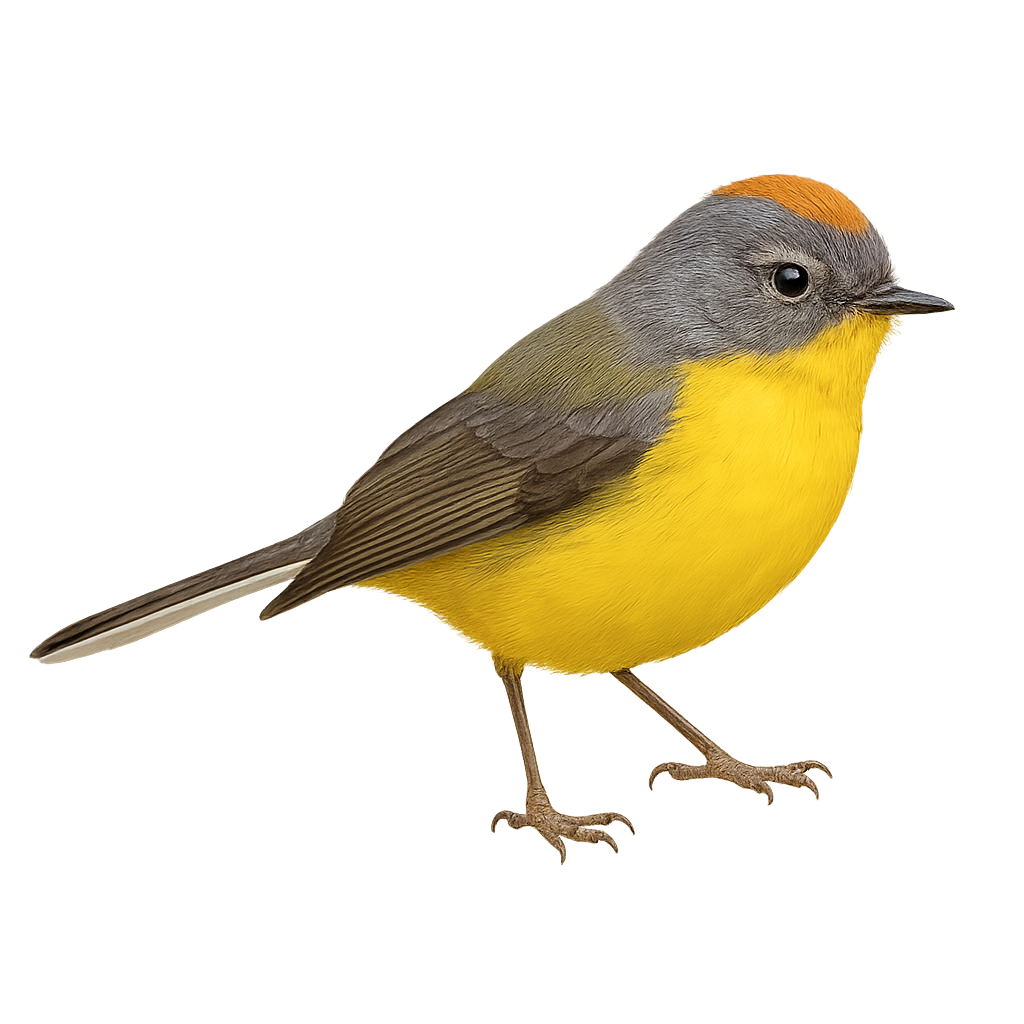Your wildlife photography guide.
Explore the brown-capped whitestart in detail, study its behavior, prepare your shots.
Where to observe and photograph the brown-capped whitestart in the wild
Learn where and when to spot the brown-capped whitestart in the wild, how to identify the species based on distinctive features, and what natural environments it inhabits. The WildlifePhotographer app offers tailored photography tips that reflect the brown-capped whitestart’s behavior, helping you capture better wildlife images. Explore the full species profile for key information including description, habitat, active periods, and approach techniques.
Brown-capped Whitestart
Scientific name: Myioborus brunniceps

IUCN Status: Least Concern
Family: PARULIDAE
Group: Birds
Sensitivity to human approach: Suspicious
Minimum approach distance: 10 m
Courtship display: October to December
Incubation: 13-14 jours
Hatchings: October to December
Habitat:
Mountain forests, wooded areas, forest edges
Activity period :
Primarily active during the day, with peak activity in the morning and late afternoon.
Identification and description:
The Brown-capped Whitestart, Myioborus brunniceps, is a small songbird in the Parulidae family. It is characterized by its dark brown head contrasting with a gray body and black wings. Its tail feathers are white, which is particularly noticeable in flight. It primarily inhabits mountain forests and wooded areas in South America, especially in Argentina and Bolivia. Its song is melodious and complex, often used to mark its territory. The Brown-capped Whitestart is a diurnal bird, active mainly in the morning and late afternoon. It feeds primarily on insects caught in flight or on leaves.
Recommended lens:
400mm – adjust based on distance, desired framing (portrait or habitat), and approach conditions.
Photography tips:
To photograph the Brown-capped Whitestart, choose early morning or late afternoon hours when the light is soft and the bird is most active. Use a telephoto lens of at least 400mm to capture precise details without disturbing the bird. Be patient and discreet, camouflaging yourself if possible to blend into the environment. Pay attention to its behavior to anticipate its movements, especially when hunting insects. A tripod can be useful to stabilize your camera and achieve sharp images.
The WildlifePhotographer App is coming soon!
Be the first to explore the best nature spots, track rutting seasons, log your observations, and observe more wildlife.
Already 1 439 wildlife lovers subscribed worldwide

